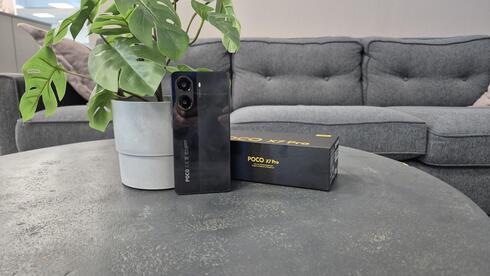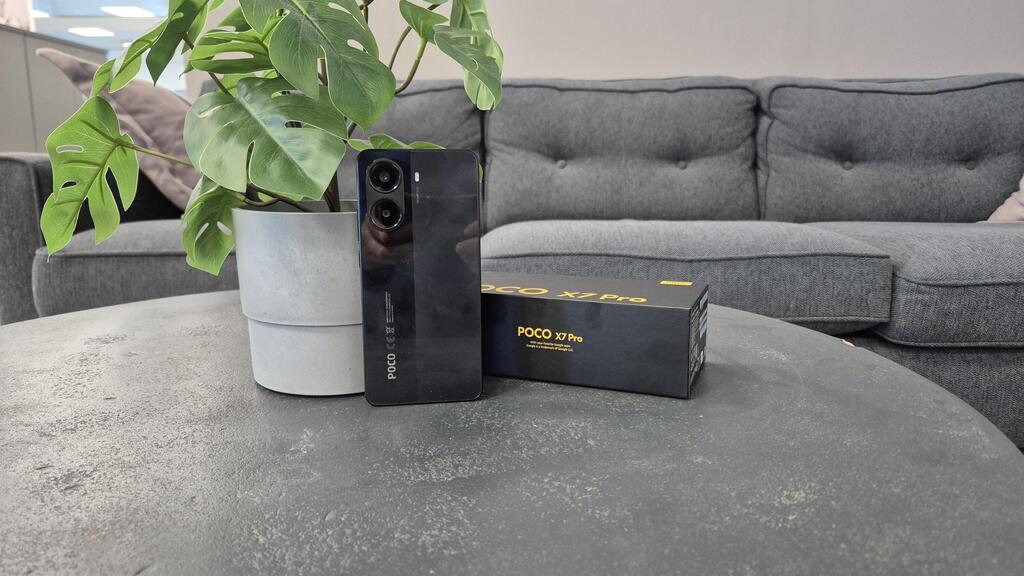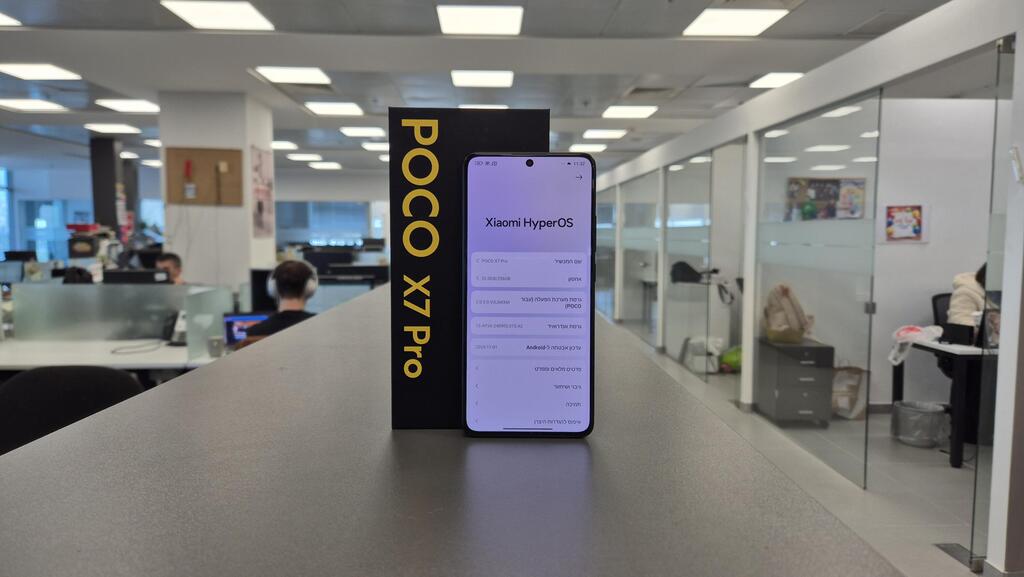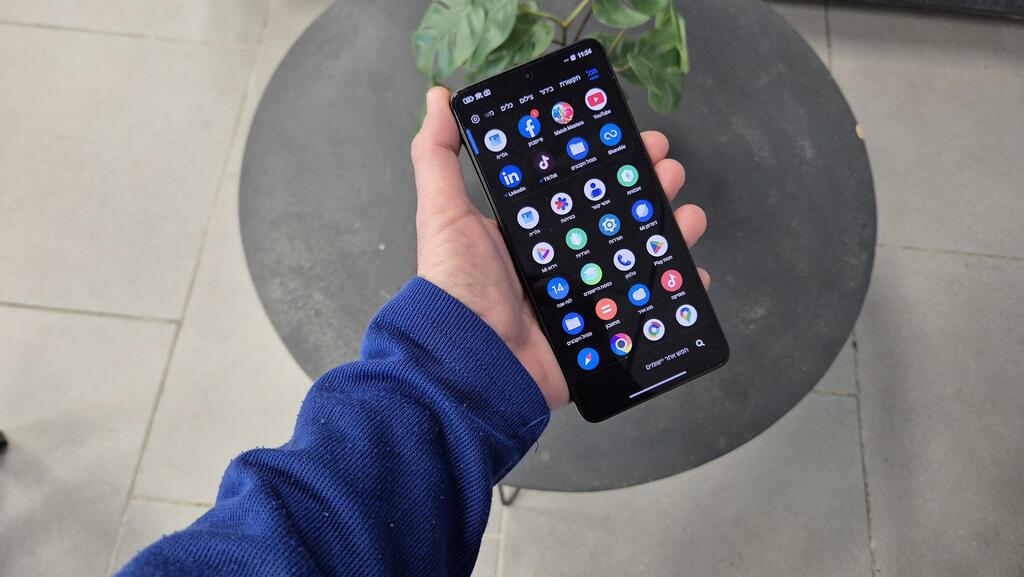
Smartphone review
Poco X7 Pro review: Big screen, big battery, small compromises
Xiaomi’s mid-range beast offers premium performance with a few familiar quirks.
Top Line
The Poco X models have been among the most successful devices in the mid-range category in recent years, pushing the category's boundaries as they gradually approached the features and capabilities of more expensive competitors. The X7 Pro continues this trend with improved device protection, a larger battery, additional AI features, and an impressive camera. In terms of drawbacks, the pre-installed app load typical of Xiaomi devices remains an issue, and the large screen may not suit everyone.
The price remains unchanged, which is significant news. The model reviewed costs around $450, and after upgrading to 12GB of RAM and 512GB of storage, the price reaches around $540, the same as the X6 Pro last year. At this price and with these capabilities, the X7 Pro is definitely one of the most successful and recommended devices in its category.
Details
The data doesn't lie: In the global smartphone sales summary for 2024, Xiaomi ranked third, boasting the highest growth rate among all smartphone manufacturers.
The new models in the Poco series clearly demonstrate the secret of their success—on paper, these are relatively affordable mid-range devices, but in practice, they meet the needs of most consumers, making it hard to justify spending more.
We tested the Poco X7 Pro, though not with the most powerful specifications in the series, to gauge the changes compared to the previous model launched a year ago and see how it stacks up against competitors.
Design: Familiar yet refreshed
The changes in appearance are immediately noticeable. The back of the device features a two-tone design in an uneven distribution. The review model came in black-gray, but there are also green and yellow-black variants. While the design is different, it has no effect on performance. As usual with Xiaomi, the box includes a protective cover that hides the color division.
The camera design has also been updated, continuing Poco's tradition of annual changes. The previous model had four lenses (or three plus a flash), but the new Pro model has only two. While similar designs can be found in other Xiaomi models, this one seems inspired by, or at least reminiscent of, the iPhone 16's camera layout.
Beyond these updates, the design remains standard: a completely flat screen covering the front, a minimal selfie camera cutout, power and volume buttons, no wired headphone jack, and no eSIM support—which is disappointing.
The Poco X7 Pro is a large device, featuring a 6.67-inch screen and weighing almost 200 grams. It doesn't feel particularly heavy, but it definitely takes up space in your pocket.
The device's protection has significantly improved, upgrading from IP54 last year to IP68, offering strong resistance to water and dust—comparable to flagship devices from Apple, Samsung, and others, even allowing for submersion. However, there's a disclaimer stating that "the manufacturer is not responsible for damage caused by liquid ingress, dust, and/or corrosion."
The screen protection has also been upgraded, though "only" to Gorilla Glass 7i, not the version found in flagship models. The back of the device is made of plastic.
Hardware: Solid performance and a bigger battery
The X7 Pro is powered by MediaTek's Dimensity 8400 Ultra processor. The model we tested had 8GB of RAM and 256GB of storage. There's a more expensive variant with higher specs, but even this "basic" model delivered excellent performance, handling multitasking and graphics-intensive games with ease and without overheating.
The maximum brightness has been increased, though the difference is subtle. While sunlight readability is excellent, the previous model was already bright enough. The screen offers vibrant colors, and the speakers are powerful with decent sound quality, though external speakers or headphones are still preferable.
Xiaomi has made notable improvements to the battery. While most mid-range and flagship devices feature 5,000 mAh batteries, the X7 Pro boasts a 6,000 mAh battery. On a full charge, it easily lasted 1.5 to 2 days. When it runs out, the 90W fast charger (included in the box) recharges the battery from 15% to 50% in about 15 minutes and to 100% in roughly 40 minutes.
Software: Preloaded apps and AI features
The Poco runs Android 15 with Xiaomi's HyperOS interface. The design, layout, and user interface remain largely unchanged. After setup, the system displays an app drawer, and navigation relies on gestures, which can be customized in the settings.
As usual with Xiaomi, the device comes preloaded with numerous apps, including Google and Xiaomi packages, along with Netflix, Spotify, Booking, LinkedIn, and more. There are also several games and recommendations for additional downloads, making the app list feel cluttered.
The standout additions are AI-related. Google's Gemini is integrated into Xiaomi's pre-installed app suite, alongside AI tools in the Notes app for text summarization, automatic proofreading, and translation. Xiaomi's browser includes similar features, all of which support Hebrew. The voice recorder app offers automatic transcription with speaker identification, though Hebrew isn't supported here.
Cameras: Fewer lenses, uncompromised quality
As mentioned, the camera arrangement has changed, and Xiaomi continues to reduce sensor counts: from a 108-megapixel main sensor two years ago to 64 megapixels last year, and now 50 megapixels. This shift proves that quality trumps quantity.
Despite having only two rear cameras—a 50MP main sensor and an 8MP secondary sensor with 2x optical zoom—the Poco X7 Pro delivers sharp, vibrant photos. Night photography has also improved, producing brighter, clearer images.
AI features enhance the camera experience, including sky replacement (a feature from previous models) and object removal tools. You can let the system auto-detect objects or select them manually. While results aren't flawless, they're noticeably better than before, with fewer artifacts and smoother edits.
















